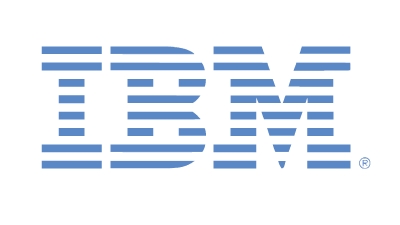What To Know Before You 'Productize' Software
Submitted by Heather Clancy on

When does a reseller morph into a VAR? Can a systems integrator turn into a developer? What's really the difference between a managed service provider and a cloud service provider? For that matter, why does your client label your company a "vendor" when you prefer to call yourself a technology solution provider?
The truth is these distinctions have been blurry for some time. That's absolutely a market necessity but can mess around with tidy business model definitions, and sometimes, with how a technology solution provider is valued by external stakeholders.
If your company is doing a great job with its customers, it probably doesn't matter what you (or they) call you. But you probably shouldn't jump over the line into services or offerings that traditionally fall into another business model without looking to see what's on the other side. One decision that a growing number of traditional solution providers likely will ponder in months to come is this one: When should my team "productize" a set of software or services, and how should they go about it?
"You need to think about this ahead of time, you can't evolve into it," said Shally Stanley, managing director of global services for New York-based Acumen Solutions, a Platinum-level Salesforce partner that has developed several software utilities and applications that it now distributes on the AppExchange. "You need to be extremely intentional about it."
Make Sure Your Product Is Viable
The software that Acumen has released so far represents two ends of the spectrum: one is a utility called Merge Any Object, which can combine standard or custom Salesforce.com "objects" or records, retaining all the notes or other information associated with them; the second is a full-blown student information application for the education community called SchoolForce.
The company offers both products for free, partly because it didn't want the headache of managing licensing and partly because of its ongoing philanthropic efforts. Acumen found the Salesforce utility useful internally and wanted to "give back" to the AppExchange community, Stanley said. The creation of SchoolForce was tied to the company's corporate social responsibility efforts, although the solution provider does expect to pick up some services business related to implementation and support, she added.
No matter the original development motivation, Stanley said there are several steps a solution provider must take to create a "manageable package." Those include locking down certain core intellectual property to protect it, while consciously deciding what should and can be customized by users. "The overall product or application design changes if you plan to productize it versus if you decide to focus on developing for just one customer," she said.
NEXT: Seek A Broader Audience






